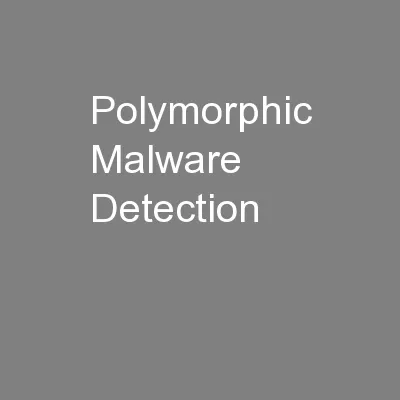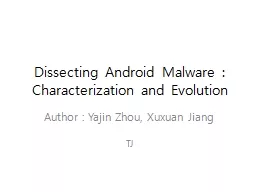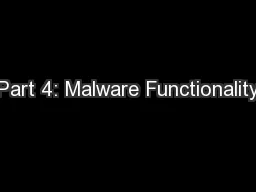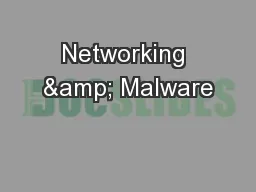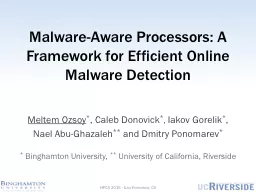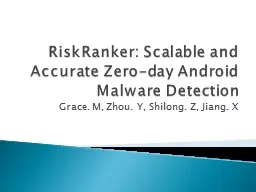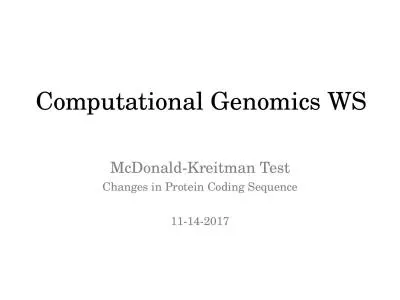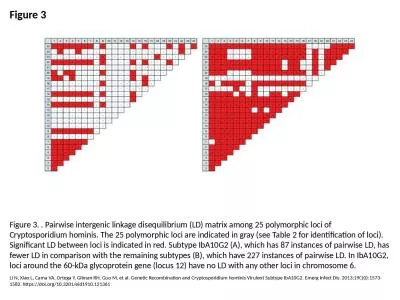PPT-Polymorphic Malware Detection
Author : giovanna-bartolotta | Published Date : 2016-06-19
Connor Schnaith Taiyo Sogawa 9 April 2012 Motivation 5 000 new malware samples per day David Perry of Trend Micro Large variance between attacks Polymorphic attacks
Presentation Embed Code
Download Presentation
Download Presentation The PPT/PDF document "Polymorphic Malware Detection" is the property of its rightful owner. Permission is granted to download and print the materials on this website for personal, non-commercial use only, and to display it on your personal computer provided you do not modify the materials and that you retain all copyright notices contained in the materials. By downloading content from our website, you accept the terms of this agreement.
Polymorphic Malware Detection: Transcript
Download Rules Of Document
"Polymorphic Malware Detection"The content belongs to its owner. You may download and print it for personal use, without modification, and keep all copyright notices. By downloading, you agree to these terms.
Related Documents

